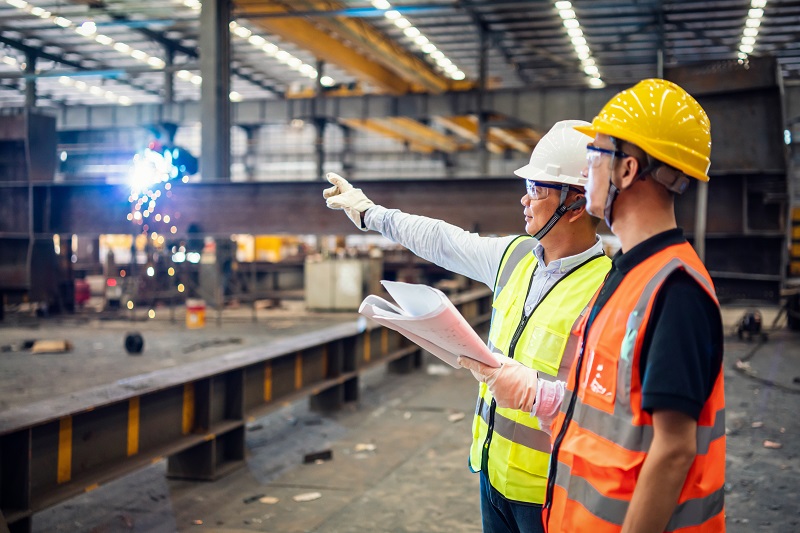What is Industrial Safety and Why it is Important?
Industrial accidents can result in direct and indirect costs. Direct costs include the compensation paid to injured employees, while indirect costs include the hospitalization and treatment costs of the victims. In addition to financial costs, industrial safety can also lead to a healthier and safer working environment. Workers expect a safe environment, and a safe workplace increases their job satisfaction and motivation, check out the Industrial safety consultation.
Workplace safety
Workplace safety is crucial for any company that relies on human resources. If a worker is injured on the job, it can cause a large impact on productivity. The best way to combat this is to eliminate or minimize the risk of workplace injuries. Having low workplace injury rates leads to higher efficiency.

Employees should report any hazards or concerns that they encounter on the job. They should also be encouraged to report accidents or illnesses to their supervisor. Safety managers must also create and maintain a safe work environment, train employees on safety procedures and record incidents and injuries. Workers should also ensure that personal protective equipment is maintained and inspected regularly.
Hazard prevention strategy
A proper hazard prevention strategy involves identifying risks and hazards in a workplace. The steps in this process are called hazard assessments. The identification process is vitally important as it is the basis of your prevention plan. Once you have identified the hazards, you can proceed to implementing preventive measures and ensuring that your employees are educated on them.
As the prevention process moves forward, your company should continually review its prevention plan to ensure that it is effective and is meeting its goals. Ideally, your prevention strategy should be evaluated every three years or more frequently, if new hazards arise or conditions change.
OSHA standards
OSHA standards are enforceable laws that require employers to provide safe and healthy workplaces. They are based on scientific, engineering, and medical data. These standards are developed by OSHA in consultation with the industry and labor groups. Once approved, they are published in the Federal Register and are legally enforceable.
OSHA has many programs to help employers comply with its standards. For example, the Alliance Program encourages employers to collaborate with the agency. The Safety and Health Achievement Recognition Program (SHARP) program gives employers incentives for improving safety and health in their workplaces.
PPE
Proper PPE is a must for all employees in the workplace. It protects workers from injuries and prevents unnecessary accidents from happening. Workers who don’t wear protective gear risk getting injured or killed. Eye protection is also a necessity. Wearing hardhats will protect your eyes from falling objects, and durable footwear will prevent your feet from being crushed by heavy machinery. Gloves are also recommended to protect your hands from cuts. Employers should encourage and reinforce the use of protective gear and should train their workers in its proper use. They must also be trained to comply with new safety regulations.
Fortunately, employers don’t need to spend a lot of money to get the right protective equipment. There are many options available on the market, including gas masks, full-face respirators, N95 respirators, and surgical masks. All of these types of equipment can help protect your employees from harmful particles, chemicals, and viruses. However, employers should make sure that they hire only qualified suppliers to provide PPE.


































